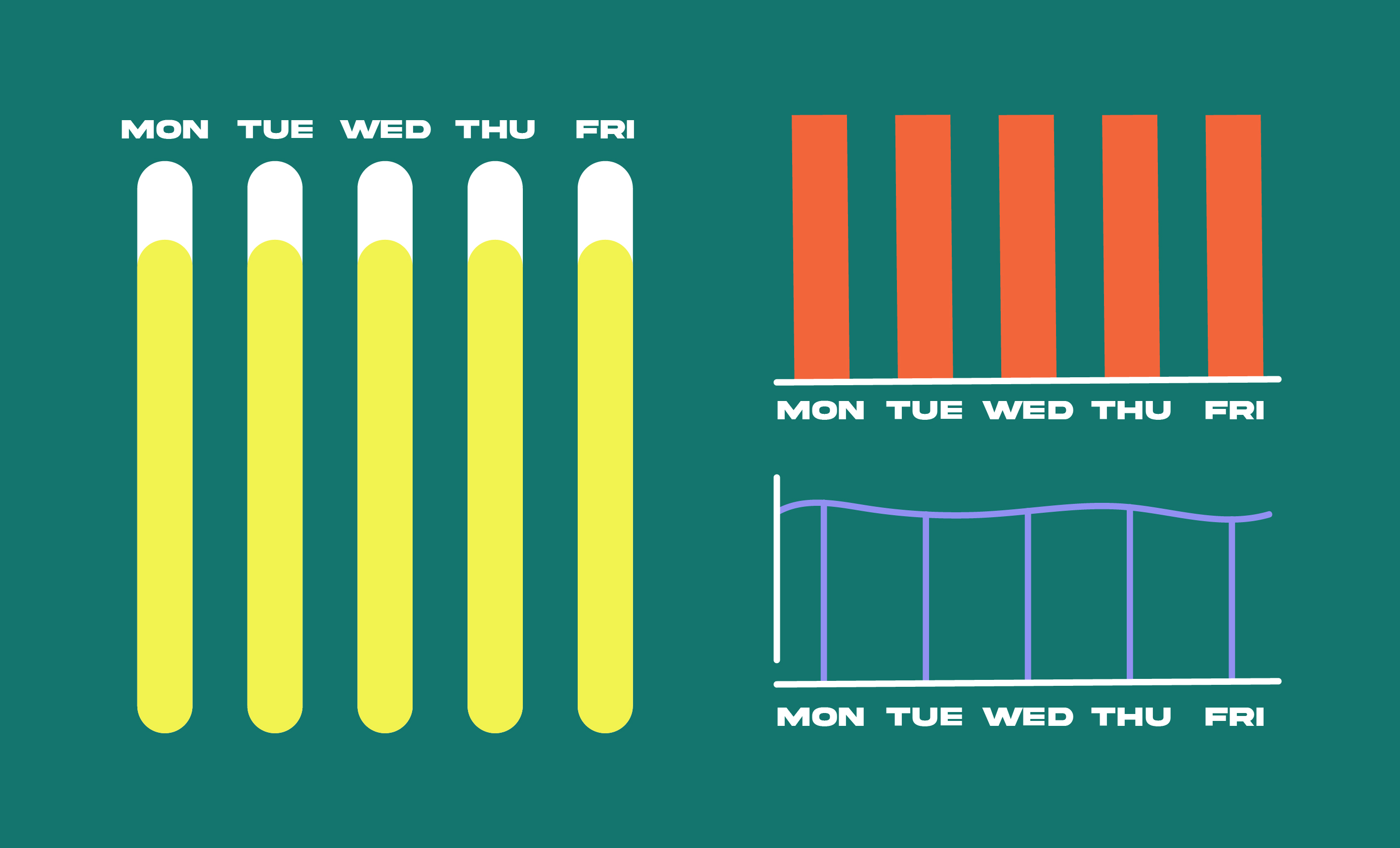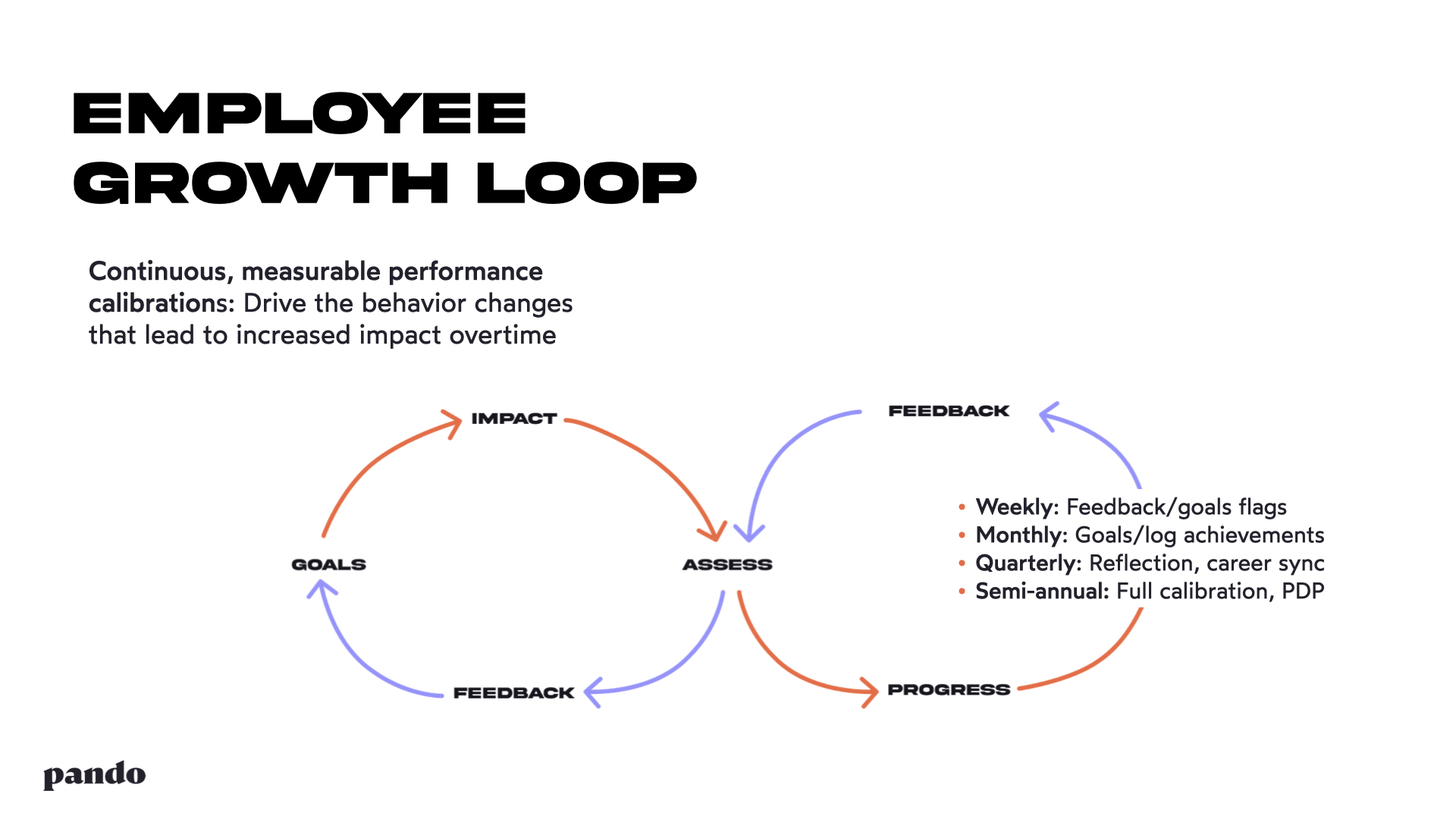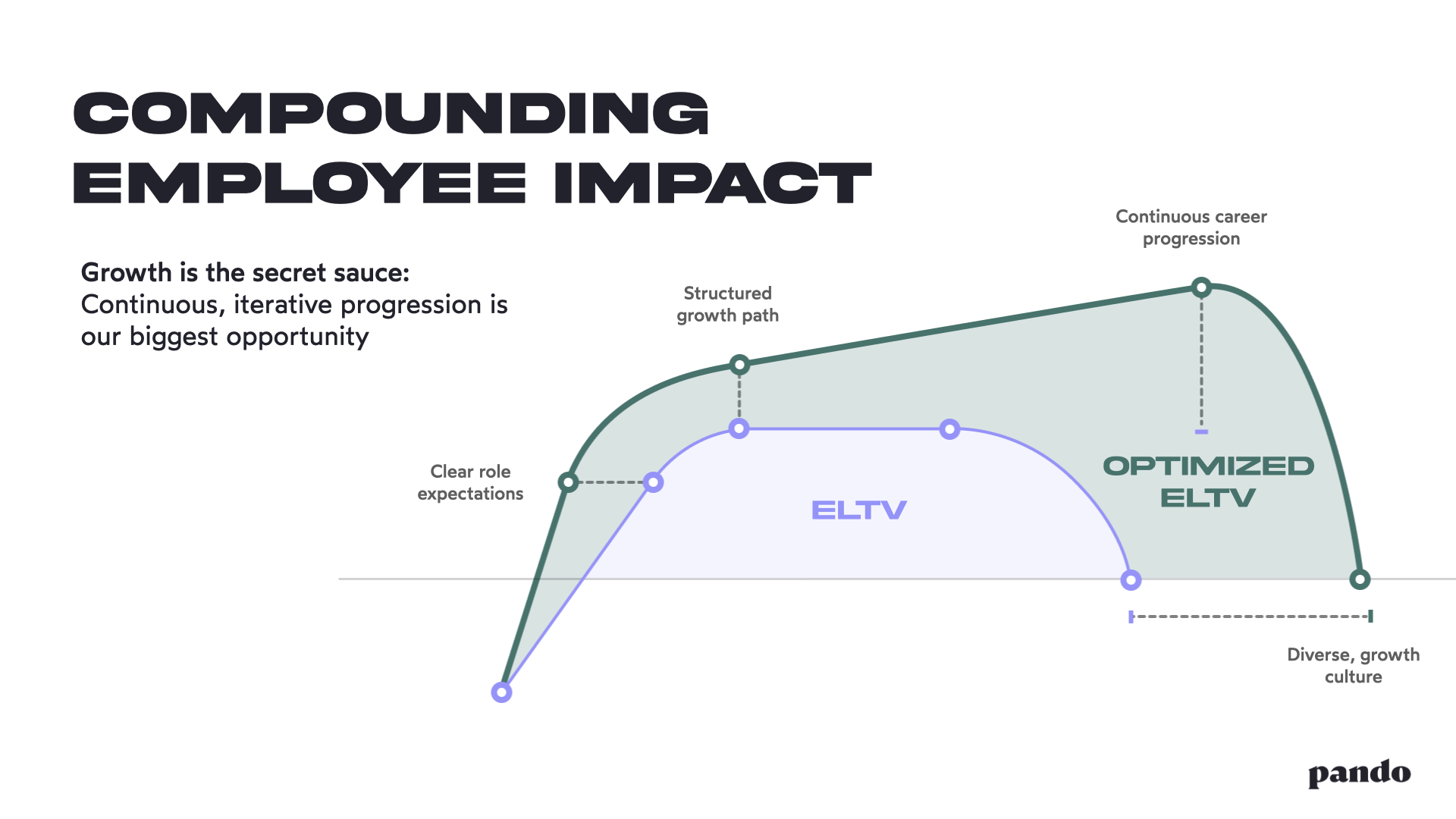
“A tool that accelerates a broken process doesn’t solve the problem. It just lets you waste time faster.”
“Because if your system is bloated, AI won’t make it better. It’ll just make it faster — and more expensive to run.”
These two lines from The VC Corner’s “Build a Billion-Dollar Startup With Fewer People” struck a cord and speak to what’s broken in performance management today. The piece argues that tools are not the advantage — systems are. Efficiency doesn’t come from adding more tech; it comes from designing leaner, smarter loops that compound impact.
That’s exactly the problem with traditional performance reviews — and why killing the performance review is not rebellion, but a reform. The review isn’t the system. It’s the symptom of a system that’s failed to evolve.
Legacy performance reviews were built for a slower, more hierarchical world — one where work was predictable, feedback was top-down, and calibration happened annually, if ever.
Today, these systems assume:
None of that holds true today. The result is predictable: reviews feel performative, managers feel boxed in, and employees feel devalued. When organizations try to “fix” this with better forms, smarter templates, or AI-generated summaries, they’re just accelerating dysfunction. As The VC Corner put it "AI applied to bloat doesn’t solve bloat. It just industrializes it." The system is the problem. And that’s where Pando’s philosophy diverges.
At Pando, we think about performance management as an operating system — not a point-in-time process. Instead of a static review cycle, we help companies build what we call continuous performance calibration: a living system that connects clarity, feedback, and outcomes in real time.
Continuous performance calibration replaces the review with loops — short, continuous feedback cycles that align growth and performance around impact. It’s the systemic shift that transforms performance from a compliance task to a business advantage.

Here’s how it works:
Transparent levels and competencies create shared language for performance. They make expectations clear and scalable, eliminating ambiguity about what “great” looks like at every level.
Goals aren’t static OKRs buried in a spreadsheet — they’re dynamic signals. Continuous check-ins and goal updates keep progress visible, connecting daily work to business outcomes.
Micro-feedback, bottom-up inputs, and peer calibration make growth continuous. Feedback becomes a habit, not an event — one that compounds impact over time.
Lightweight, ongoing calibration replaces the painful once-a-year stack rank. Teams calibrate quarterly or even monthly, with real data drawn from the loops above.
When these loops run together, the review becomes obsolete. The system itself is what keeps employees and managers in sync — continuously, equitably, and transparently.
This systemic shift doesn’t just improve employee experience — it directly impacts the bottom line.
In Employee Lifetime Value Explained, we define ELTV as the total net value an employee contributes over their tenure. Maximizing ELTV means accelerating the time to full productivity, extending retention, and improving performance outcomes.
Continuous performance calibration does all three:

When you compound those effects across the organization, you’re not just saving time — you’re creating a compounding engine of performance and growth.
In other words, you’re maximizing the ROI of your talent system.
The HR tech industry has spent two decades optimizing for efficiency: automating workflows, digitizing forms, and reducing “time spent on people processes.” But efficiency without impact is a dead metric.
Automation made HR faster, but not better. AI will do the same if we keep applying it to broken systems. The companies that will outperform over the next decade won’t just have smarter tools — they’ll have tighter systems: short, continuous loops that connect performance, learning, and impact. That’s leverage.
Continuous performance calibration is that leverage — a system that compounds value at every level, every week.
Performance management should never feel like something happening to employees. It should feel like something happening for them — and with them.
When you replace performance reviews with continuous calibration:
This creates a true win-win: employees grow faster, and businesses grow stronger.
That’s the human side of compounding — the one most systems ignore. When people see how their growth drives company success, they invest more deeply in both.
The companies building billion-dollar outcomes with leaner teams aren’t doing it because they have fewer people. They’re doing it because they have better systems — faster feedback, clearer roles, and higher accountability loops.
Performance reviews don’t create that. Continuous performance calibration does. The choice isn’t between automation and inefficiency. It’s between old systems that manage performance and new systems that enable it.
At Pando, we’re betting on the latter — because performance isn’t a season. It’s a system.
